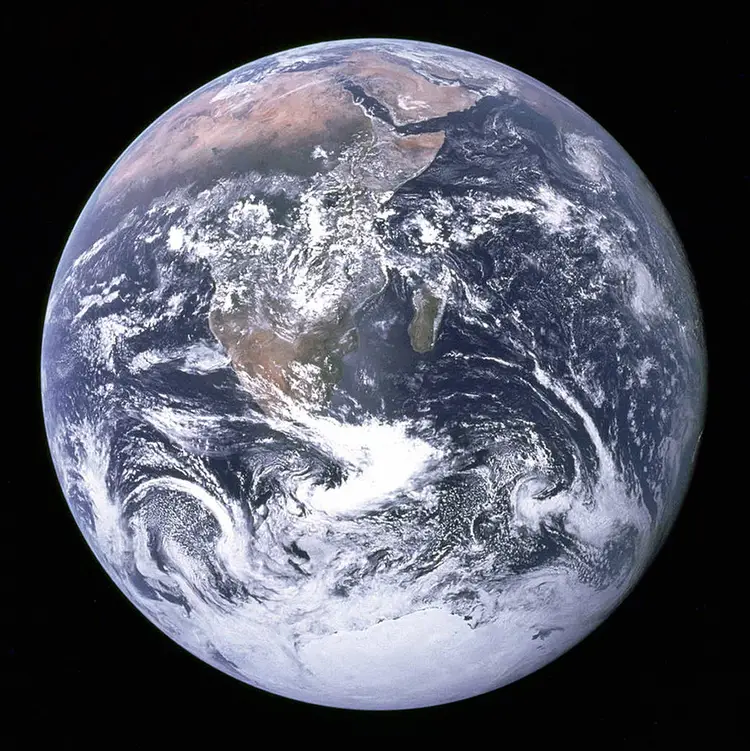Why has Earth's axis tilted by 31.5 inches and what does it mean?

Humans might have notably altered the Earth's rotation by 80 centimeters to the east because of the massive amounts of water being extracted from the ground.
A study released in Geophysical Research Letters showed that from 1993 to 2010, around 2,150 billion tonnes of water were drawn from beneath the Earth's surface due to water extraction.
Groundwater levels in northwestern India and western North America experienced notable declines.
Water has primarily been utilized for drinking, farming, and irrigation due to the increasing demands caused by a rapidly expanding global population and the effects of climate change.
The United Nations reports that climate change is making water shortages and water-related risks worse. In the last two decades, the amount of water stored on land—such as in soil, snow, and ice—has been declining by about 1 cm each year, leading to significant impacts on water availability and safety.
How Water Pumping Affects Earth's Axis Tilt
Water ultimately makes its way back to the oceans after evaporating from the land. It then falls back to Earth as rain and flows into rivers and the sea.
Consequently, there has been a significant movement of water across the Earth, leading to its redistribution in the oceans.
As a result, the Earth has tilted on its axis by approximately 1.7 inches (4.3 centimeters) each year, amounting to a total shift of 78.5 centimeters over the 18 years of the study.
As the Earth rotates on its axis, it wobbles slightly, similar to a spinning top that isn't perfectly balanced, moving around 20 to 60 inches every six to 14 years. The way water is spread across the planet influences the distribution of mass.
A research article published in Nature revealed that rising sea levels have hindered Earth's rotation. This is due to the shifting distribution of the planet's mass, which has caused it to spin more slowly than it once did.
Many elements can influence how fast the Earth spins, such as ocean tides and the melting of ice caps.
What Does This Mean For Our Planet?
Experts have pointed out that the depletion of groundwater plays a key role in the increasing global mean sea level (GMSL). Research using data on changing gravitational forces indicates a link between significant groundwater loss and the rise in sea levels.
The movement of water contributed to a rise in global sea levels by 0.24 inches over the 18 years leading up to 2010.
Even though there has been a small increase, researchers indicate that the pace at which water is being distributed has sped up considerably in recent years. They anticipate that this trend will persist, driven by climate change and growing populations that are creating even greater demand for water.
Sea Levels And Earth's Rotation: The Link
The researcher from the Nature study compares the relationship between sea levels and the Earth's rotation to that of a figure skater.
"When a skater begins to spin, if she brings her arms down or extends her legs, her spinning will slow down," explained Duncan Agnew, the study's author and a geophysicist at the Scripps Institution of Oceanography, University of California.
When skaters draw their arms closer to their bodies, they increase their spinning speed. This is quite different from what’s occurring on our planet due to climate change.
"It's pretty remarkable, even for me, that we've managed to create a measurable impact on the Earth's rotation speed," Agnew noted. "We're witnessing events that have never occurred before."











































